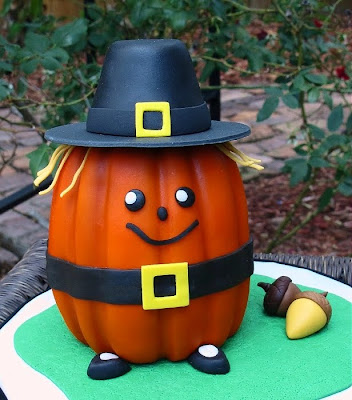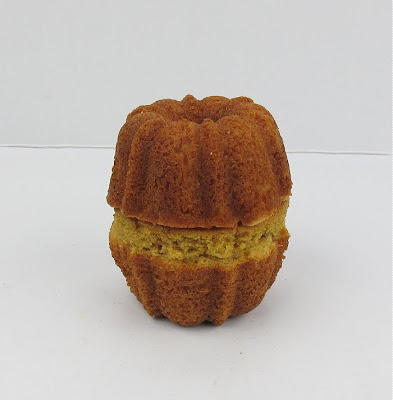Hi Y’all! Wafer paper flowers are so trendy right now! We’ve had requests to repost this, so today we have guest blogger, Summer Stone, from Cake Paper Party, here to teach us how to color our wafer paper and make this gorgeous poppy! Take it away, Summer!
Wafer paper continues to gain popularity in cake decorating because of its low ticket price and ease of use for beginner and professional cake decorators. The trouble is that it comes in one color: white. While white is lovely for many projects it is often desirable to have other colors for your decorating repertoire. Some decorators color wafer paper by printing on it with food safe ink from a printer; but not all of us have access to such a printer or the cash to shell out for one. Thinking there had to be a better solution I came up with a way to color this medium for less.
Let’s get started coloring wafer paper for flower petals and other cake and cupcake decorations!
Here are the supplies you will need:
- wafer paper
- scissors
- cosmetic sponges
- binder clips
- candy food coloring (Wilton Candy Red and Americolor Oil Candy Color Orange used here). Candy color is essential because it is oil, not water based and therefore will not melt the wafer paper.
- toothpicks
- small container of water
- small paint brush
- wax paper
1. Start by preparing your wafer paper shapes. Here I hand drew petals on the wafer paper then cut them out with scissors.
2. Drop desired color of candy color on a piece of wax paper. Here is used red and a combination of orange and red mixed together and then straight red to create color gradient. If mixing colors use a toothpick to blend them together.
3. Make a sponge dauber. Cut cosmetic sponges into small pieces then fold and clip with binder clip.
4. Pick up color. Dip dauber into color and then tamp 15-20 times to ensure even distribution of color on the sponge.
5. Apply color to wafer paper. Start dabbing the first color onto the smooth side of the wafer paper petal with a light touch. Here I used a combination of two drops orange and one drop red. You will get the most even color if you add it lightly and gradually build the color up. Keep sponging until the color is even. Here I stopped 3/4 of the way up the petal so I could add a darker color at the petal tips.
6. Add additional colors. To add gradient and shading apply a second darker color to the wafer paper. Let the petals sit for a couple of hours or overnight to absorb the color (they don’t exactly dry since it is oil color). Alternately you can use them immediately just try not to touch the petal surface.
7. Shape petals. Here I clipped a small line with scissors up from the bottom center of the petal. Then I applied a small amount of water with a damp paintbrush and crossed the petal over itself to create a cupped shape.
8. Layer your petals. Layer the petals together using very small amounts of water to adhere. For the poppy I add a center of black thread and modeling chocolate.
Here is a chart of how different brands and mixes color onto water paper. The top is Americolor Candy Colors followed by Wilton Candy Color, Ateco Soft Gel Colors mixed with Flowcoat (3 drops Flow coat to 1 drop gel color) and on the bottom Wilton White Food Color mixed with candy color (1 to 1). Mixing the white with the candy color makes lovely opaque pastels.
Try this wafer paper coloring technique out and let me know what you think!
—————————————————————————————
Join SugarEd Productions Online School for only $1!
Use coupon code OneDollar
Join Now
_________________________________

















































































































